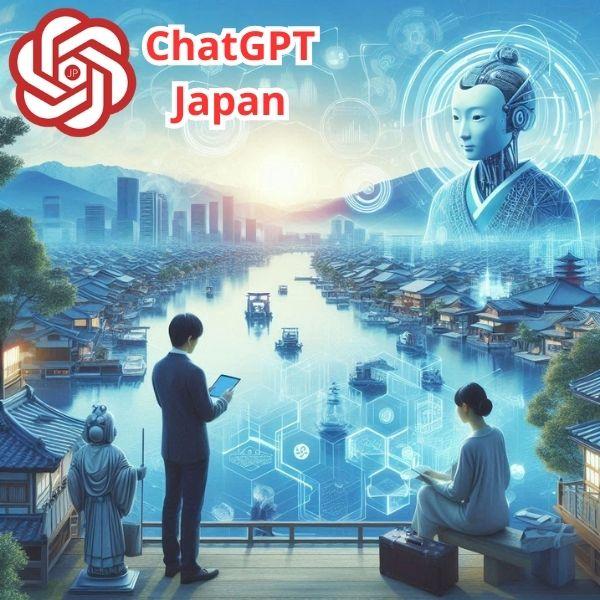Introduction
Artificial Intelligence (AI) continues to reshape how people interact with technology, and conversational AI tools are at the forefront of this transformation. Among the popular choices for AI chatbots, ChatGPT and Bard stand out. But for Japanese users, choosing between these tools depends on their language capabilities, cultural sensitivity, and practical applications. This article compares チャットgpt 日本語 and Bard, helping users decide which tool is more suitable for their needs in Japan.
What Is チャットgpt 日本語?
チャットgpt 日本語 is a Japanese-language adaptation of ChatGPT, designed to handle conversational tasks in Japanese. Developed by OpenAI, it excels in understanding and generating nuanced Japanese text. It is widely used for applications like customer service, content creation, and language learning, ensuring that users in Japan can interact with AI in their native language seamlessly.
What Is Bard?
Bard, developed by Google, is another powerful AI chatbot leveraging natural language processing. Like ChatGPT, Bard is designed for conversational interactions and information retrieval. Bard's integration with Google's vast data resources allows it to provide detailed and up-to-date information. However, its suitability for Japanese users requires closer scrutiny regarding language proficiency and context handling.
Key Comparison: チャットgpt 日本語 vs. Bard
1. Language Proficiency
チャットgpt 日本語:
ChatGPT excels in Japanese language tasks, offering natural and context-aware responses. It understands the nuances of formal and informal Japanese, kanji complexities, and cultural references. This makes it ideal for applications where linguistic precision is critical, such as academic writing, professional communication, or creative tasks like haiku composition.
Bard:
While Bard supports Japanese, its responses may lack the linguistic refinement found in ChatGPT. It often struggles with advanced grammar, idiomatic expressions, and cultural sensitivity, which are crucial for Japanese users. Bard may be suitable for general inquiries but falls short in tasks requiring nuanced language comprehension.
2. Cultural Adaptation
チャットgpt 日本語:
ChatGPT's ability to adapt to Japanese cultural contexts sets it apart. For instance, it can generate polite and formal language suitable for business communication or casual speech for informal conversations. This cultural flexibility ensures that users feel understood and respected when interacting with the tool.
Bard:
Bard's cultural adaptation in Japanese is limited. While it can process basic language inputs, it often lacks the context-awareness required for culturally appropriate responses. For instance, Bard might fail to differentiate between honorifics (keigo) and casual speech, leading to potentially awkward interactions.
3. Data Sources and Accuracy
チャットgpt 日本語:
ChatGPT relies on a diverse range of training data up to its latest knowledge cutoff. While it excels in conversational tasks, its answers may lack real-time updates. However, its contextual understanding of Japan-specific topics is often strong, making it reliable for most user needs.
Bard:
Bard benefits from direct integration with Google's real-time data, providing up-to-date information on various topics. This makes it a strong choice for users seeking the latest news, trends, or facts. However, its accuracy in Japanese-specific content can sometimes be inconsistent.
4. User Experience and Interface
チャットgpt 日本語:
ChatGPT's intuitive design and straightforward interface make it user-friendly for both beginners and advanced users. The tool’s ability to handle complex queries and follow-up questions seamlessly ensures a smooth user experience.
Bard:
Bard offers a clean interface but may lack the conversational fluidity seen in ChatGPT. Its responses can feel more robotic, particularly in Japanese, where natural language flow is critical for user satisfaction.
5. Applications for Japanese Users
チャットgpt 日本語:
ChatGPT is widely used in Japan for tasks such as:
- Language learning: Assisting users in improving their Japanese grammar, vocabulary, and kanji knowledge.
- Customer service: Providing automated, culturally appropriate responses to customer inquiries.
- Content creation: Crafting blogs, articles, and creative writing in flawless Japanese.
Bard:
Bard’s applications are more general and include:
- Real-time information retrieval: Offering up-to-date facts and data from the web.
- General assistance: Answering questions on a broad range of topics.
However, Bard's effectiveness in specialized Japanese tasks remains limited.
Which Tool Should You Choose?
For Language and Cultural Sensitivity
If you prioritize natural language understanding and cultural context, チャットgpt 日本語 is the better choice. Its refined language capabilities make it ideal for Japanese users who need accurate and nuanced interactions.
For Real-Time Data
If your primary need is accessing real-time information or global trends, Bard’s integration with Google’s data sources may be advantageous. However, its Japanese language limitations should be considered.
Contact
Company name: ChatGPT Japan
My page: https://chatgptjapan.com/
City: Chuo City, Tokyo
Country: Japan
Postal code: 104-0061
Phone number: +8164-221-1078
Email: chatgptjapan.com@gmail.com
Google Map: 7-chōme-14-13 Ginza, Chuo City, Tokyo 104-0061
#chatgpt日本語, #チャットgpt無料, #チャットgpt, #チャットgpt日本語, #chatgpt

